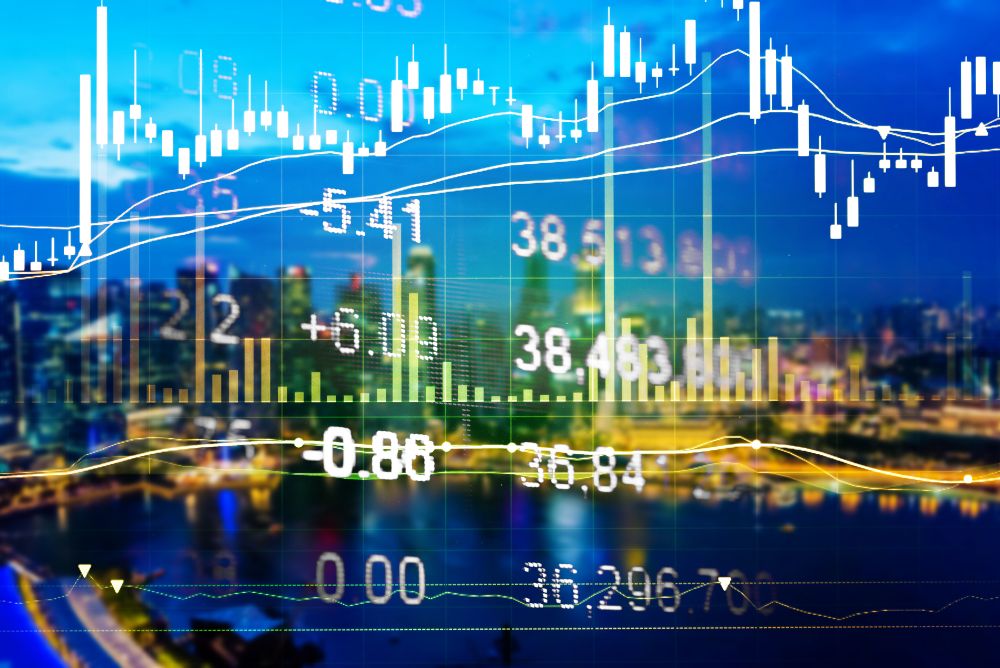The green bond market is witnessing massive growth. Global issuance of green, social and sustainability bonds hit US$231 billion in the first quarter of this year, setting the stage for 2021 to be a record year. With governments around the world committing their policy focus on battling climate change and pursuing sustainable developments, the perpetuation of green bonds growth also looks assured.
Green bonds seek to fund projects that have a positive environmental benefit, including those that support the United Nations’ Sustainable Development Goals.
Raj Malhotra, head of debt capital markets for Asia-Pacific at Société Générale, notes that several governments, such as in Singapore and Hong Kong, are encouraging issuers to opt for green bonds by subsidizing part of the costs, and this is contributing to their growth in the region.
The Monetary Authority of Singapore’s (MAS) sustainable bond grant scheme, for example, encourages the issuance of green, social, sustainability and sustainability-linked bonds in the city state and is open to both first-time and repeat issuers. The scheme runs until May 31 2023.
Malhotra points out that the investor base for green bonds has also appreciably increased. “A lot more funds have set up dedicated green or social sustainable portfolios. So they are looking for products. In the past this has mainly been driven out of Europe, but in recent months there's been a big increase in both Asian and US investors looking at the space.”
Dying industries
Meanwhile, for many sovereign wealth funds, insurance funds and other institutional investors, the future financial risk that the climate crisis represents is too significant to ignore.
And for long-term investors such as pension funds that have to guarantee they will be able to pay their customers in 30 to 40 years’ time, it no longer makes economic sense to bank on fossil fuels and other industries confronting economic obsolescence.
The impact of the ongoing Covid-19 pandemic, along with the heightened awareness in diversity and inclusion issues, has also sharpened the focus on the overall sustainability sector, thereby contributing to the growth of social and sustainability bonds.
“Yes, it’s gone beyond just green bonds now,” Malhotra says. “Looking back, it was typically green issuance, which was about energy efficiency and the environment. But now we see a much larger portion of social and sustainable bonds being issued.
“And it's a much broader scope of use of proceeds. So clearly this market is here to stay and there's a lot of innovation happening. You have sustainability-linked bonds where the coupon can go up or down, depending on how a company performs against certain targets, and this is a space that I think will continue to grow.”
Broadening scope
A large portion of green bonds issued in Asia to date have been focused on the real estate sector, but Malhotra says that is changing. “We are seeing themes like clean transportation becoming a much bigger focus now with a number of auto companies looking to see how they can provide financing via bonds to develop their electric vehicle fleets.
“And we've seen airports, which don't strike me as being an obvious candidate, also looking at how they can manage the emissions being given off by planes by controlling what they can at the airport on the ground.”
South Korea’s Incheon International Airport Corporation, for example, printed its first public bond transaction amounting to US$300 million in April this year. The five-year green bond garnered a strong investor demand with an order book in excess of US$1.9 billion from 115 accounts.
In the financial services space, more banks are broadening their frameworks by issuing bonds with sustainability labels so that they can combine green and social expenditures.
The theme had emerged prior to Covid-19, but has definitely picked up as the pandemic escalated with banks issuing green and sustainability-linked loans. For green loans the proceeds are only to be used for green equipment or projects. Sustainability-linked loans, on the other hand, do not restrict the use of proceeds, but borrowers must commit to sustainability performance targets and are awarded a reduction in the interest rate if they meet those targets.
Asia’s financial hubs have competed against each other for decades. It’s become an annual event to watch one roll out initiatives to gain a crucial edge in attracting and keeping investors, and this is quickly followed by regional peers with their own comparable offerings.
The region might be better served, however, by innovative green and sustainable bond offerings directly linked to Asia’s needs. Last year, for example, Bank of China became the first issuer in the region to launch a blue bond to finance and refinance marine-related green projects.
Malhotra believes the region will be better served if financial centres work collectively. “Out of Hong Kong, Japan, China and Singapore, I would say we probably don't want to see a single winner. They are all providing different initiatives to boost this market and I think that's a good thing overall for the region,” he says.









